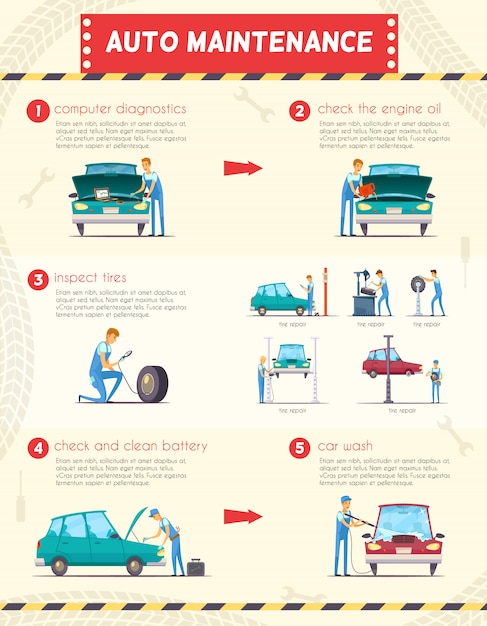Realizing The Importance Of Your Auto'S Warning Signals: What They Really Stand For
Realizing The Importance Of Your Auto'S Warning Signals: What They Really Stand For
Blog Article
Web Content Create By-Boye Stark
When you're behind the wheel, those beautiful caution lights on your control panel can be a bit difficult. Do you understand what they're trying to inform you about your auto's health and wellness? Understanding the importance of these lights is vital for your security and the durability of your vehicle. So, the following time one of those lights pops up, wouldn't you wish to analyze its message accurately and take the necessary actions to address it?
Common Warning Lighting and Interpretations
Identify common warning lights in your auto and comprehend their definitions to make certain risk-free driving.
The most regular caution lights consist of the check engine light, which indicates concerns with the engine or exhausts system. If this light comes on, it's essential to have your lorry inspected immediately.
The oil pressure cautioning light shows reduced oil pressure, needing prompt focus to prevent engine damages.
A blinking battery light might recommend a defective billing system, potentially leaving you stranded otherwise attended to.
The tire stress surveillance system (TPMS) light notifies you to low tire stress, influencing lorry stability and fuel efficiency. Overlooking this could bring about harmful driving problems.
The abdominal muscle light suggests a trouble with the anti-lock braking system, jeopardizing your capability to stop rapidly in emergency situations.
Last but not least, the coolant temperature level advising light warns of engine getting too hot, which can cause extreme damage otherwise solved swiftly.
Comprehending these typical warning lights will assist you resolve issues without delay and maintain safe driving conditions.
Importance of Prompt Focus
Recognizing the common caution lights in your car is only the very first step; the relevance of quickly dealing with these cautions can't be emphasized enough to guarantee your safety and security when traveling.
When a warning light brightens on your control panel, it's your auto's means of connecting a prospective concern that needs interest. Overlooking these cautions can result in more serious issues later on, endangering your security and potentially costing you more in repairs.
Prompt focus to advising lights can avoid break downs and accidents. For instance, a blinking check engine light could suggest a misfire that, if left neglected, can cause damages to the catalytic converter. Resolving https://www.kiplinger.com/article/spending/t063-c032-s014-tips-to-control-car-buying-and-repair-costs.html can conserve you from a pricey repair.
Likewise, a brake system alerting light may signify reduced brake liquid or used brake pads, crucial elements for your security when driving.
Do It Yourself Troubleshooting Tips
If you notice a caution light on your control panel, there are a few do it yourself troubleshooting suggestions you can attempt before looking for professional aid.
The first step is to consult your cars and truck's handbook to recognize what the details caution light shows. Occasionally the issue can be as basic as a loose gas cap activating the check engine light. Tightening the gas cap may resolve the problem.
https://arthurdxpia.qodsblog.com/30310093/are-you-thinking-about-discovering-outstanding-automobile-service-center-in-your-location is a reduced battery, which can activate different alerting lights. Inspecting the battery links for corrosion and guaranteeing they're safe could take care of the issue.
If a caution light lingers, you can attempt resetting it by disconnecting the auto's battery for a few minutes and afterwards reconnecting it. In addition, checking your automobile's fluid levels, such as oil, coolant, and brake fluid, can help repair warning lights connected to these systems.
Final thought
Finally, comprehending your cars and truck's caution lights is important for maintaining your vehicle running efficiently and securely. By promptly dealing with these notifies and understanding what they mean, you can prevent expensive fixings and potential break downs.
Bear in mind to consult your car's guidebook for specific details on each alerting light and take action as necessary to make certain a trouble-free driving experience.
Stay informed, stay risk-free on the road!
